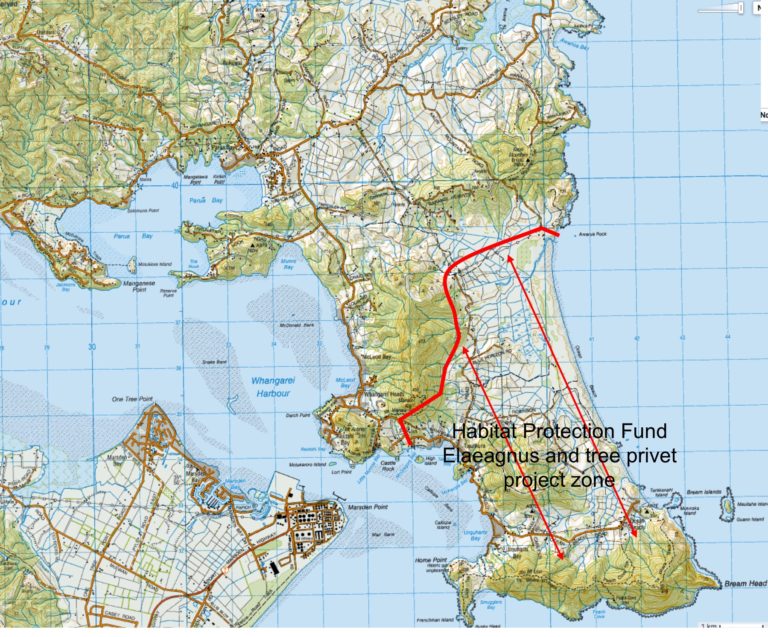Queen of the Night can be tricky to distinguish from other species, including natives like Mahoe, but once you know what you’re looking for you’ll want to get it out of sight every time!

What does it look like?
Smelly shrub with erect, hairless stems that become woody as the plant matures. Hairless, alternate leaves are foul-smelling when bruised. Large open clusters of strongly-scented pale green or greenish-white tubular flowers which only open at nighttime during summer, are followed by clusters of glossy white berries.
Why is it weedy?
Produces many long-lived and widely dispersed seeds, and forms dense, shady masses. Likes damp conditions, is moderate to highly shade tolerant and grows in most soil types.
How does it spread?
Birds, flooding, soil movement, and vegetation dumping. Very common in gardens.
What damage does it do?
Forms dense (occasionally pure) stands in forest understory, preventing the establishment of native plant seedlings. Poisonous berries and rotting vegetation may affect native fauna.
Which habitats is it likely to invade?
Disturbed and open forest and margins, streamsides, and shrublands, especially in warmer areas.

How do I get rid of it?
Hard to distinguish from many native species (apart from foul smell), so best controlled when in flower. Wear gloves when handling.
1. Pull out small plants (all year round), leave on site to rot down.
2. Cut down and paint stump (all year round): a product containing 100g picloram+300g triclopyr/L (100ml/L) or triclopyr 600 EC (100ml/L) or triclopyr 120g/L (500ml/L).
3. Spray (spring-summer): triclopyr 600 EC (30ml/10L) or triclopyr 120g/L (15ml/L).
What can I do to stop it coming back?
Stems resprout and bared areas are reinfested by seed bank. Exclude stock at all times. Replant bared sites to minimise regrowth. Check for seedlings 6-monthly.
CAUTION: when using any herbicide or pesticide PLEASE READ THE LABEL THOROUGHLY to ensure that all instructions and safety requirements are followed.
Get in touch with us at info@weedaction.org.nz if you would like some assistance in applying the above control techniques or equipment and herbicides to do so. We can supply any of the products or equipment needed, for free, thanks to support from Northland Regional Council.



